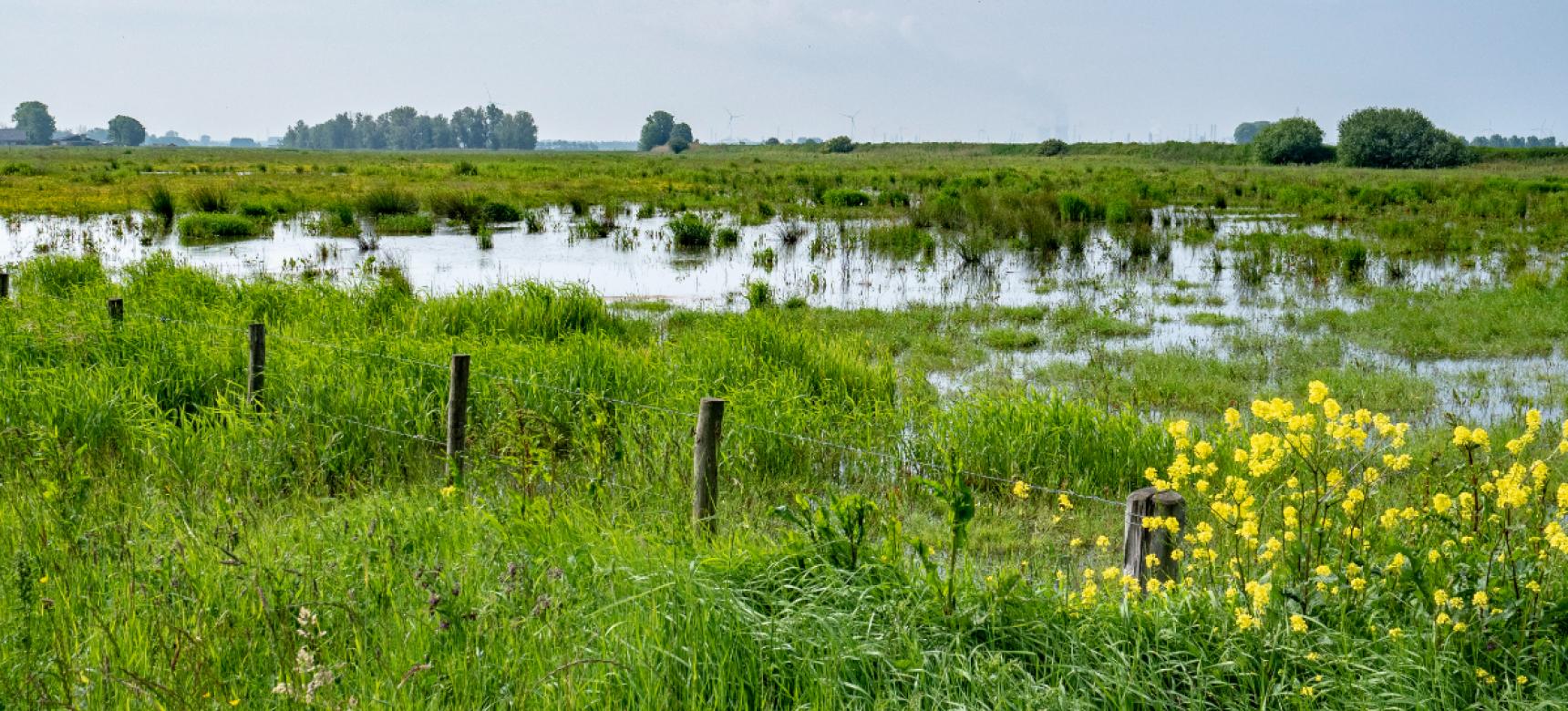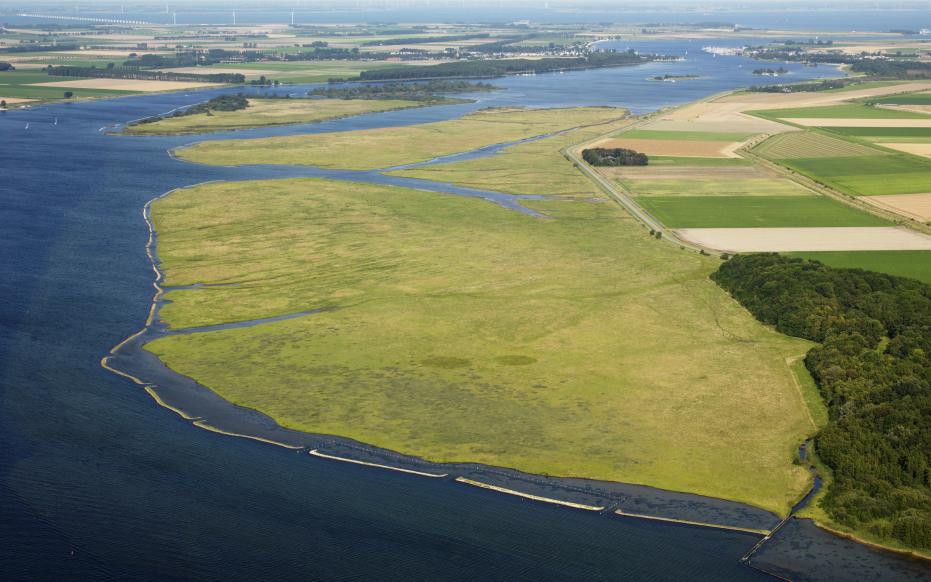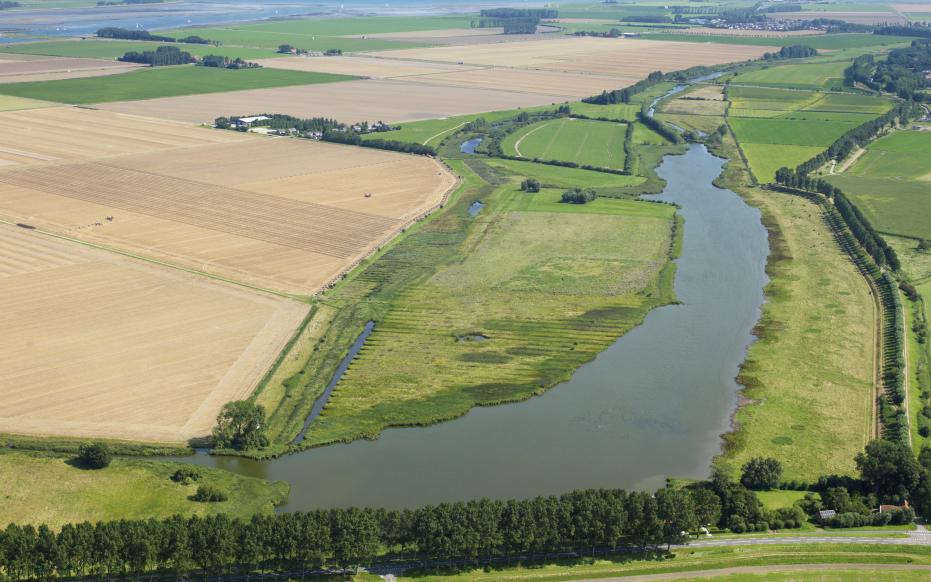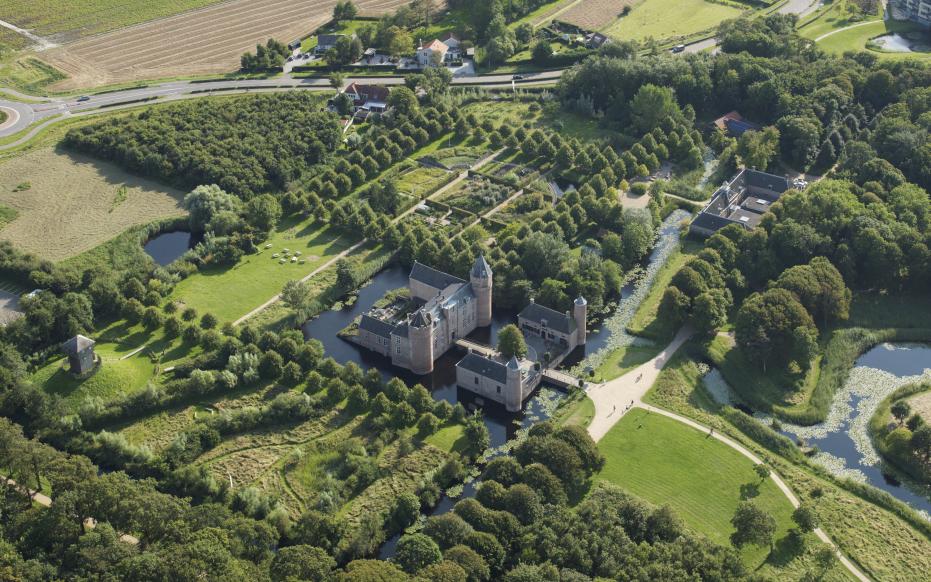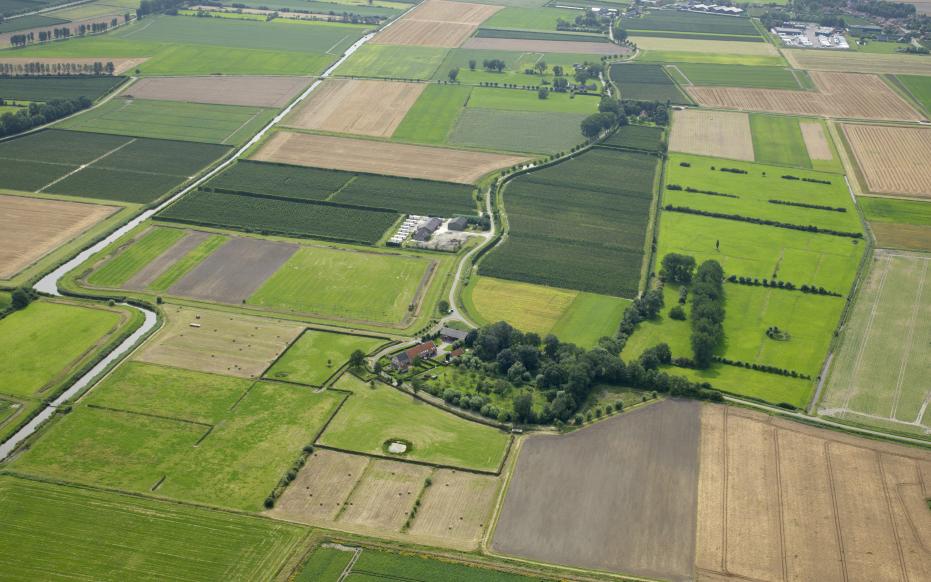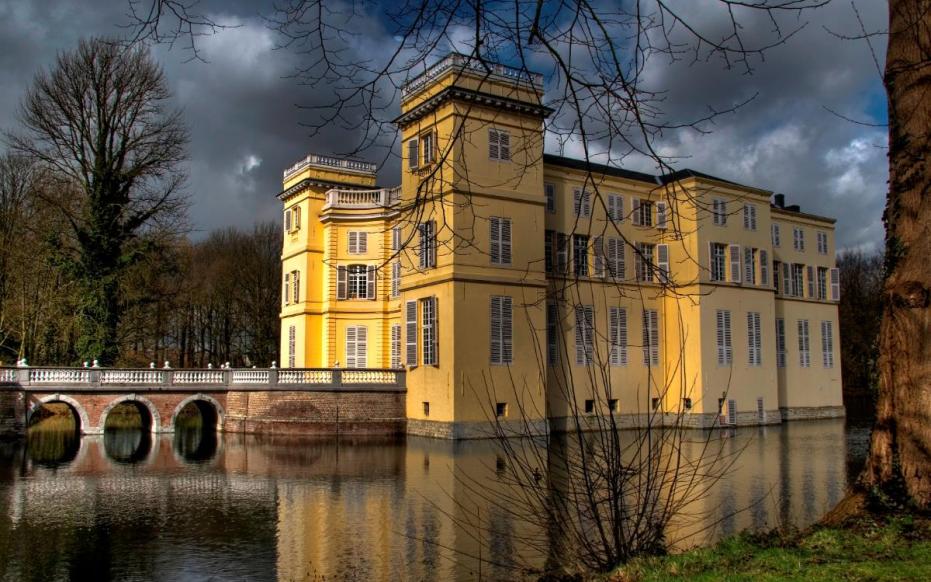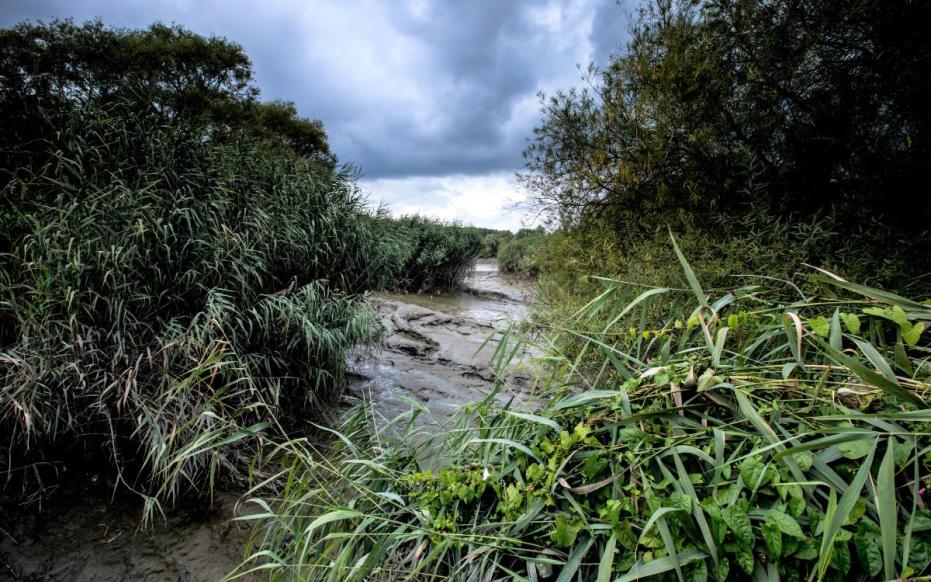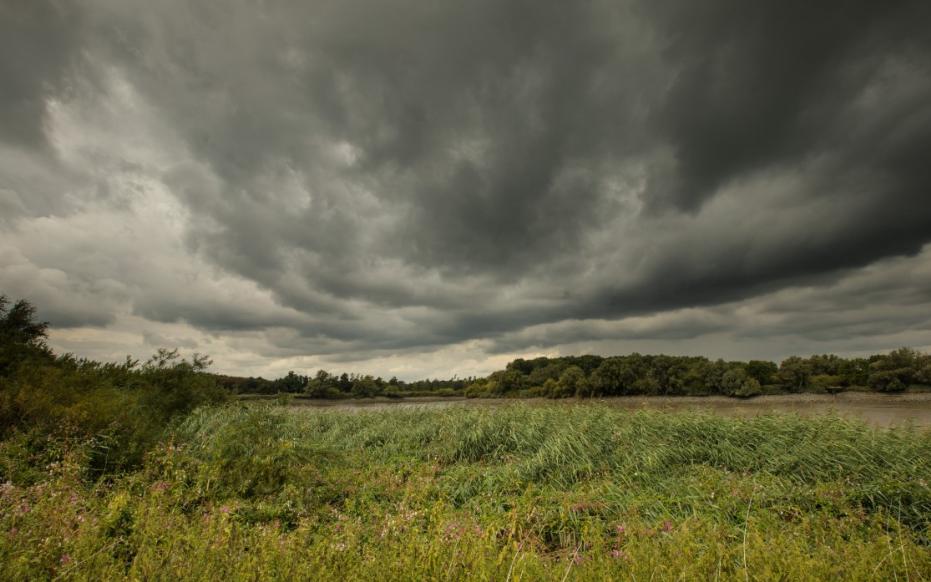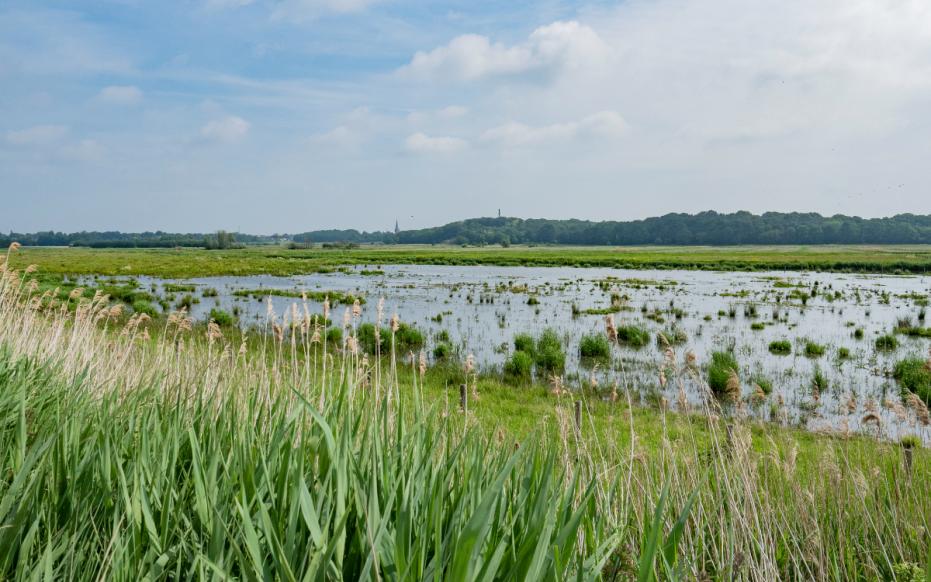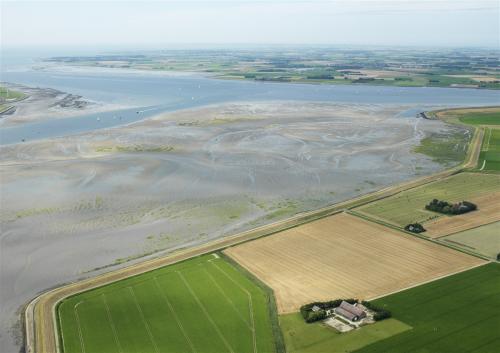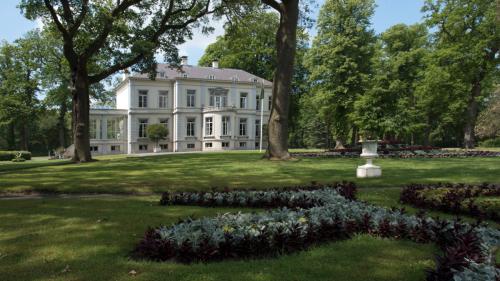1. Bokkegat nature reserve - Noord-Beveland
The region of Noord-Beveland is a gem in Zeeland. Its quiet, agricultural character has been preserved. Small villages adorn the island. Those who enjoy water sports will find what they are looking for along Veerse Meer, the Eastern Scheldt and the North Sea beach. The island was formerly bisected by the tidal channel the Wijtvliet, later called the Bokkegat. The remnants of this lie centrally on the island as a nature reserve.

